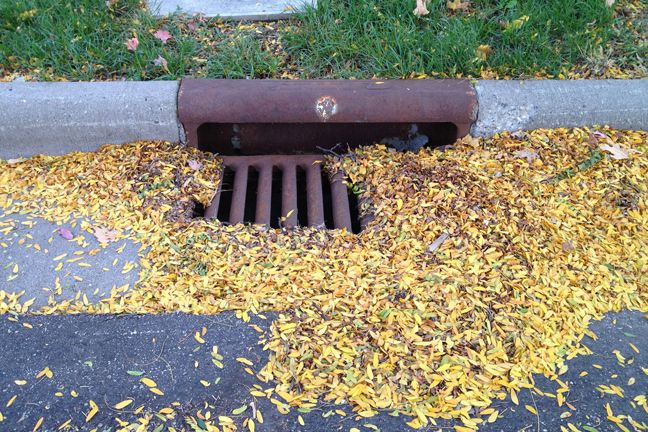What are Dominant Sources of Urban Water Pollution?
Published on by Water Network Research, Official research team of The Water Network in Academic
New research from the University of Minnesota points to lawn fertilizers and pet waste as the dominant sources of nitrogen and phosphorus pollutants in 7 sub-watersheds of the Mississippi River.

The research team discovered households are the main sources of nutrient pollutants in the urban watershed. Pet waste is the leading source of phosphorus to these watersheds. (Photo Credit: Sarah Hobbie)
The study — published in the Proceedings of the National Academy of Sciences — is the first to compare the urban watershed budgets of nitrogen and phosphorus. And the results can be applied to urban watersheds around the world impaired by excess nutrients.
The research team — led by Sarah Hobbie, Distinguished McKnight University Professor in the Department of Ecology, Evolution & Behavior and an Institute on the Environment Fellow — discovered households are the main sources of nutrient pollutants in the Twin Cities urban watershed.
Household nitrogen fertilizer use in particular is more than 10 times greater than commercial fertilizer use by golf courses, college campuses and other non-residential locations, and pet waste is the leading source of phosphorus to these watersheds.
Urban watersheds are highly “leaky” with regard to nutrient pollution because of their dense networks of streets and storm drains, which are designed to readily move water off the landscape to avoid flooding. As a result, most of the phosphorus entering urban watersheds ends up being carried away by stormwater that drains into surface waters and thus contributes to pollution and eutrophication.
Nitrogen tends to disperse through more diverse pathways — about one-fifth is transported via stormwater into surface water while much of the rest ends up either being released into the atmosphere or moving through soil into groundwater.
This makes managing urban watersheds a challenge. “Urban waters — lakes, streams, rivers, coastal waters — continue to be impaired by nutrient pollution, especially phosphorus, despite long-running efforts to clean them up,” said Hobbie.
“Not only is this a concern for water resource managers tasked with cleaning up urban pollution, but also urban and downstream residents who depend on clean water for drinking water, recreation and aesthetic value.”
Read more: University of Minnesota
Media
Taxonomy
- Urban Drainage
- River Studies
- Ecosystem Management
- Watershed
- Urban Water
- Water Management
- Pollution
- Integrated Water Resources Management (IWRM)